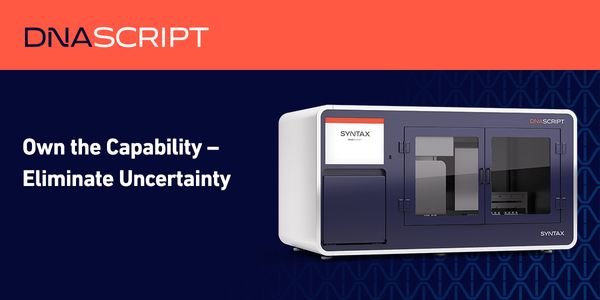Analytical Approaches to Advance Alzheimer's Disease Research
Alzheimer’s disease is becoming a public health crisis as the anticipated number of sufferers is expected to rise to 15 million in the next 30 years, at least in the US. These numbers are exacerbated when considering global incidences of disease. One strategy to combat this rise is to use ‘omics based approaches to better understand the complexity of the disease and to find biomarkers that can be useful for early disease diagnosis. Ultimately, it is desirable for these ‘omics approaches to lead to therapeutic targets and strategies to slow, prevent, or cure disease.
The RASR laboratory develops high-throughput proteomics approaches to understand health disparities in Alzheimer’s disease and the role of the periphery. In this presentation, Dr. Robinson will introduce how her laboratory is approaching these problems through the development of enhanced sample multiplexing techniques. Specifically, an approach developed in her laboratory, combined precursor isotopic labeling and isobaric tagging (cPILOT), has been demonstrated on up to 24 samples that can be analyzed in a single experiment. This capability has allowed studies that evaluate proteomic changes across multiple tissue types, genotypes, and ethnic populations. While there are inherent tradeoffs with a dual labeling approach the benefits gained in cost and time savings and comprehensive quantitative information are extremely valuable for this platform. These tradeoffs will be highlighted as well as considerations for the utility of enhanced multiplexing in enabling studies of Alzheimer’s disease.
Learning Objectives:
1. Participants will learn two approaches for chemically labeling peptides in complex mixtures that can ultimately be combined into a single enhanced multiplexing approach.
2. Participants will become familiar with the benefits and challenges of multiplexed proteomics analyses.
3. Participants will understand how Alzheimer’s disease research can be advanced using multiplexing strategies.






